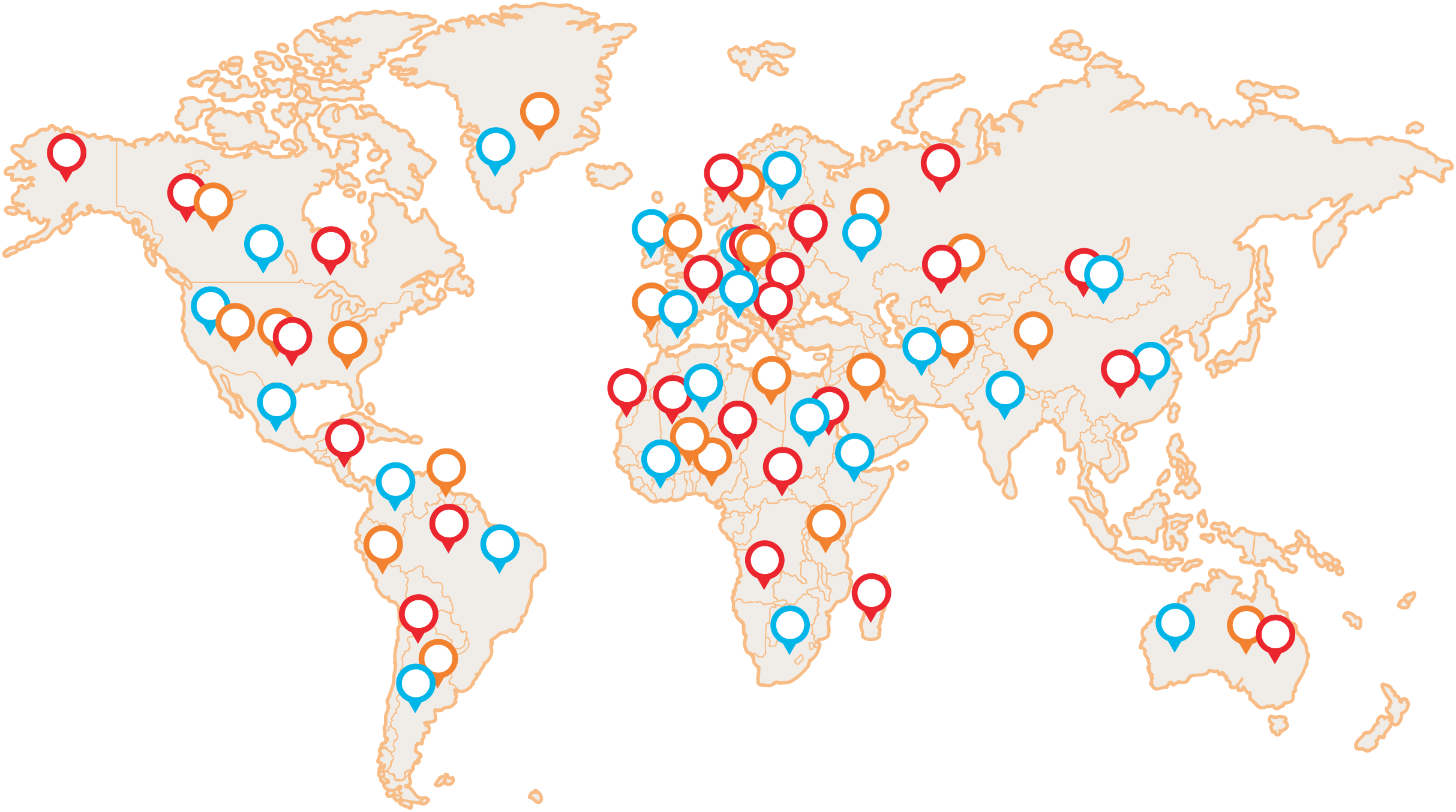Category:Digestion, respiration, acute infestation, hidden pathogen, musculoskeletal system, joints, prevention, anti-aging, lung system, immunity, pain relief
Recipe use according to traditional Chinese medicine:
-removes Feng Han (cold wind pathogen) from the surface layer
-relaxes the superficial and muscular layer
-harmonizes Ying Qi (nourishment layer) and Wei Qi (defense layer)
-harmonizes Yin and Yang
-harmonizes the middle radiant
-regulates sweating
Description:
One of the most famous blends, introduced into widespread use by the famous Zhang Zhong-Jing in his Shan Han Lun (Treatment of Cold Diseases, c. 220 A.D., but the blend is even older), used alone and in countless modifications. Its main indication is the condition of being attacked by cold wind, namely the case where the wind harmfulness outweighs the cold one (the wind has "blown away" the defensive Qi on the surface and we are sweating! - as opposed to a situation where cold dominates, which completely shrinks the pores, sweating stops, and we in turn try to induce sweating to release the cold from the surface layer). The same situation can occur in people with already weakened Wei Qi, in this case too, Gui Zhi Tang will be the right choice. The noxious substance enters the superficial and muscular layers, where it causes the well-known "cold" symptoms, such as: slightly elevated temperature, which may alternate with chills (but these are not as persistent as when the cold dominates), aversion to cold, stuffy nose, and the already mentioned sweating. There may be headaches and stiff necks, and generally there is also a 'tightening' of the muscle layer in the occiput and upper back, or we may feel that 'the whole person hurts'. In this case, the harmful substance is already a little deeper in the muscle layer and this may just be indicative of a previous weakening and disharmony between the layer of nutrition in the depth and the layer of defence on the surface. The mixture harmonizes these two layers, and even strengthens them slightly - unlike the mixtures used to trigger sweating.
Cinnamon twigs disperse wind and cold, and when combined with peony, together they support and harmonize Ying Qi and Wei Qi, Yin and Yang. This combination also relaxes muscle contraction. Ginger supports cinnamon in its dispersing function, while jujube helps peony to tonify the nourishment layer.
When the mixture is taken early and correctly, we get beautiful relief in a few hours. But when similar conditions come more frequently, we need to think about where the problem lies. In modern terms, we would say that "we have an immunity problem". According to Chinese medicine, there are several possibilities: there may be a weakened defence layer, but there may also be a weakening or various imbalances at the level of internal organs that need to be diagnosed and corrected.
Indications:
-acutely after a cold or wetness
-conditions in the early stages of a cold (aversion to wind and cold, mild temperature or chills, sweating, muscle aches, neck stiffness, headache, stuffy nose)
-muscle relaxation in colds
-physical weakness due to disharmony of Ying and Wei Qi
-resistance to wind
-headache from blowing
-neck stiffness from wind and cold
-abdominal pain due to cold
-vomiting after eating cold
-regulates body temperature
-"sleepy babies" - a runny white cold in children, often long-lasting
Modern effects:
-support immunity and immunity (recurrent colds)
-anti-inflammatory effects
-strengthening the body after chronic illness or childbirth
-neurasthenia
-cold-type asthma
-harmonizes the cardiovascular system
-atrioventricular blockade (heart rhythm disorder)
-neuralgia
-frostbite
Language:
-normal, no change
-white and moist coating
Pulse:
-fu
-xu ev. chi (superficial, empty ev. slow)
Contraindications:
-conditions after a Feng Han attack, when coldness dominates the pest (not sweating - need to trigger sweating with other, stronger mixtures
-conditions after a Feng Re attack (wind heat), when it is necessary to purify the heat, not heat it up
-not suitable for patients who frequently consume alcohol
Notes:
After Gui Zhi Tang rice porridge was always given to strengthen the body.
For the duration of treatment, avoid uncooked, cold, fatty, heavy, spicy. Also limit or omit foods such as meat, cheese, garlic, leeks, spring onions, and alcohol, fermented or preserved products.
Recipe ingredients:
|
Edited by
|
Chinese
|
Czech
|
Latin
|
|
|
Gui Zhi
|
Chinese cinnamon tree, twig
|
Ram. cinnamomi
|
|
Sheng
|
Bai Shao
|
Milkweed, root
|
Rad. paeoniae alba
|
|
|
Sheng Jiang
|
Ginger, rhizome
|
Rhiz. zingiberis recens
|
|
|
Da Zao
|
Chinese jujube, fruit
|
Fruc. jujubae
|
|
Zhi
|
Gan Cao
|
licorice, root
|
Rad. glycyrrhizae
|
 Vital mushrooms PRO (17)
Vital mushrooms PRO (17) MyTao Edition (14)
MyTao Edition (14) Vital Mushroom Extracts (25)
Vital Mushroom Extracts (25) Combination of mushrooms and herbs (18)
Combination of mushrooms and herbs (18) Traditional recipes (5)
Traditional recipes (5) BIO vital mushrooms powder (9)
BIO vital mushrooms powder (9) Syrups (12)
Syrups (12) Dried vital mushrooms (6)
Dried vital mushrooms (6) Honey products (5)
Honey products (5) Vitamins (4)
Vitamins (4) BIO green food (2)
BIO green food (2) Other (3)
Other (3)

